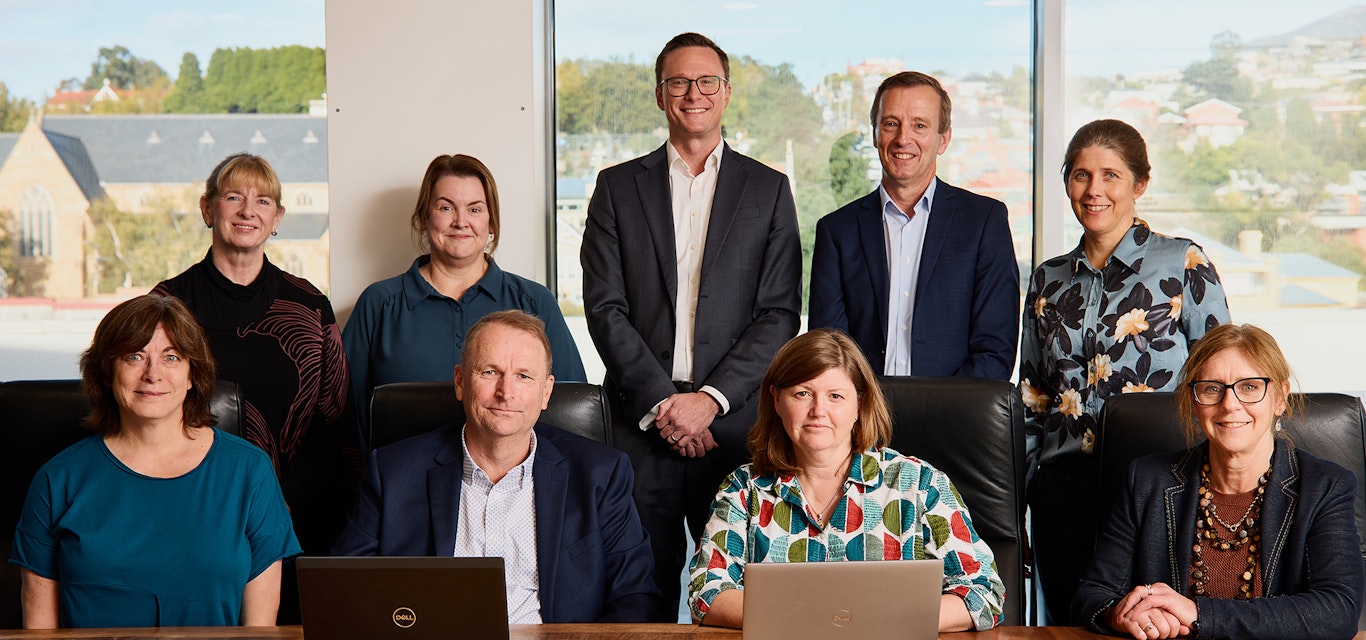Young lives deserve safer roads
Developing road safety habits starts early and continues over a lifetime, writes Mel Percival, RACT GM Advocacy and Government Relations.
About 300 Tasmanians are killed or seriously injured on our roads every year – with young drivers over-represented in these statistics.
Deaths and serious injuries on our roads are avoidable, and we should not be complacent or just accept them. The numbers in Tasmania remain consistently stubborn and we need to rethink how we engage with young Tasmanians.
Road trauma is the second-leading cause of death (after suicide) for young Tasmanians aged 17 to 25. Although opportunities exist in high schools to engage with road safety education programs, delivery is not consistent or coordinated across the state and the offering varies widely.
This is why we’re leading an $8 million project, funded by the Tasmanian Government to design a youth road safety program. In conjunction with experts, parents, educators and our youth, this program rethinks how we can support young Tasmanians to be safer on our roads.
To guide the project, a steering committee has been established to bring together leaders in road safety, education and the community. Additional reference A groups will be formed to bring together key people as we develop the program.
Members of the Youth Road Safety Steering Committee are Mark Mugnaioni, GCEO RACT (chair); Blair Turner, Road Safety Advisory Council; Cynthia Heydon, Deputy Secretary, Department of State Growth; Jenny Burgess, Associate Secretary, Department for Education, Children and Young People; Kathryn Westwood, Chair, Catholic Education Commission; Professor Teresa Senserrick, youth development and road safety expert; and Darren Hine.
With the project well underway, the coming months will see the project team out and about listening to experts, young Tasmanians, their parents and guardians, and their communities to understand both the science and the lived experience of this problem.
The project has three areas of focus:
Education: improving how we engage with and deliver road safety learning for years 9 to 12.
Driver supervisors: learning how we can better support parents and guardians, mentors, and instructors with tools and guidance.
Community: creating tailored solutions that reflect the needs of different regions and communities as well as young people experiencing disadvantage.
